Search Results
Fine Jewelry University Articles matching: “BLUE STAR”
Showing only FJU Article results. Click here to show all results.
Fine Jewelry University (Show All FJU Articles)
-
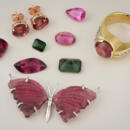
Gem in the Spotlight: Tourmaline
… colors have their own names: Rubellite: is red, pinkish red, orangy red, or pink tourmaline. Indicolite: is dark blue, dark violetish blue, or dark greenish blue tourmaline. Paraíba: is a copper colored blue, intense violetish blue, or …the gemologists here at Arden Jewelers are ready to help you find the perfect piece for you. Contact us today to
-
The Birthstones
January’s Birthstone: Garnet January babies born in the midst of cold, white (valley fog) and at times stark surroundings are rewarded with one of the most varying birth gemstones, Garnet. Garnet’s pizzazz energizes the …: Aquamarine Originating its name from the Latin “aqua marina” meaning “sea water”, the aquamarine is a light blue to greenish blue beryl, most valuable when it’s a shade of darker blue. Sailors often wore amulets of aquamarine to give …. Learn more about Peridot and Spinel September’s Birthstone: Sapphire Deriving its name from the Greek word for blue, sapphire used to refer to any blue stone. By the late1800’s, the sapphire and ruby were recognized as gem varieties of…
-
Learn Secret Diamond Buying Skills From a Professional Diamond Buyer
… determine the price. In the final analysis, the price of a diamond is whatever two people agree it is. The easiest starting place for diamond value is carat. All carat describes is how much a diamond weighs. Diamonds are small so the … Grading These insider secrets to diamond grading allow for fast, accurate assessments that are easy to learn. Let’s start with low grade stones. If you can see any inclusion with a non magnified look at the stone, the diamond is a lower …
-
Frequently Asked Question about Jewelry
… Diamonds in the lower range of the clarity scale. Many complained that there is too wide a gap between the SI2 and the I1 grade. Why not offer an SI3 grade to bridge the gap? After EGL – Los Angeles (European Gemological Laboratory) started to issue the SI3 grade, even the Rapaport Diamond Report, or the Rap Sheet as it’s known in the trade, added SI3 to its price list. For those who are unfamiliar with the Rap sheet, it is the definitive (but no longer only) price …
-
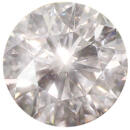
Diamond Buying Guide: The 4 C’s
… of in terms of its size. If you know that you like the look of a 1 carat, for example, you can use this C as the starting point for your diamond search. Once you know the carat weight and your budget, you can adjust the quality of the … color is actually looking for the absence of color or transparency (except fancy color). The color grading scale starts with D meaning totally colorless and moves down the alphabet subtly increasing in body color. As you can see from the…
-
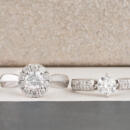
Anatomy of a Ring
… ring has a shank. This is the technical term for the band of metal that encircles the finger. There would be no ring without the shank. If the ring has a distinct design feature on the top part, the ring shank is generally said to start at the point that the design stops. A jeweler will usually add or remove metal from the bottom of the shank when sizing a ring. This can sometimes be done so well that you would never know it was sized looking at the shank with your …
-
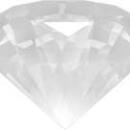
Fake Diamonds: The Great Diamond Attack
… and diamond lookalikes. “What is a real diamond?” is a difficult question these days. And the problem of separating a fully natural diamond from all the modern possibilities is quite demanding. So what is a real diamond? Let’s start with the older diamond look a likes, (CZ, GGG, YAG, Synthetic corundum and spinal, Glass) or simulants are quite easy to separate. The diamond tester and understanding gem properties make choosing the diamond an easy task with these older …
-
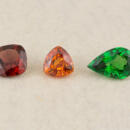
Gem in the Spotlight: Garnet
… red gem. Garnets allow for great personal diversity and style. The wide world of garnets invites all to become a garnet fan. Garnet is January’s birth stone. January babies born in the midst of cold, white (valley fog) and at times stark surroundings are rewarded with one of the most varying birth gemstones…Garnet. Garnet’s pizzazz energizes the gloomiest day. Garnet varieties brighten the world in colors of yellow to gold, bright orange to true orange, brown to …
-
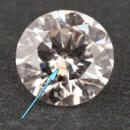
What Are Lab Grown Diamonds?
…this fully, it helps to understand a little bit about how lab grown diamonds are made. There are two techniques to grow single crystal diamonds. The first and oldest is the High Pressure High Temperature (HPHT) technique. This process starts with a seed of diamond material and grows a full diamond just like nature does under extremely high pressure and temperature. The newest way to grow synthetic diamonds is the Chemical Vapor Deposition (CVD) technique. In the CVD …